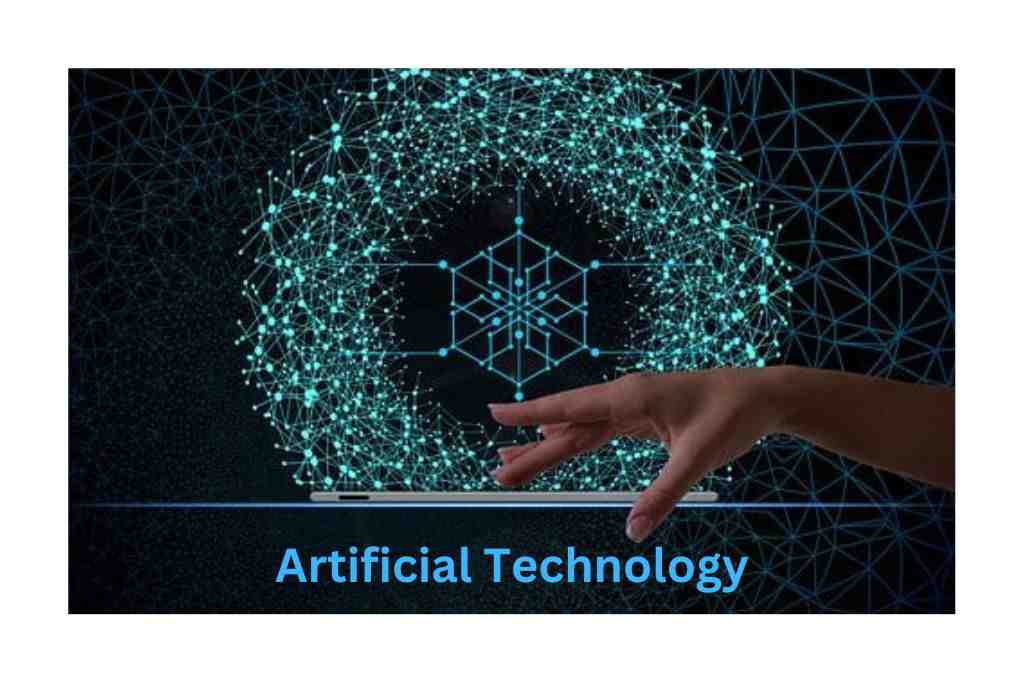The goal of artificial intelligence applications, a wide field of computer science, is to build smart machines that are capable of doing tasks that traditionally call for human intelligence. Although there are numerous ways to approach the interdisciplinary field of artificial intelligence (AI), advances in machine learning and deep learning are forcing a paradigm shift in almost every area of the computer industry.
Machines are now able to duplicate and even surpass human mental powers thanks to artificial intelligence applications. AI is becoming more and more ingrained in daily life, from the emergence of self-driving cars to the spread of intelligent personal assistants like Siri and Alexa. As a result, numerous IT businesses from various sectors are investing in artificial intelligence technologies.
Contents
- 1 Basic Of Artificial Intelligence Applications
- 2 Given Are The Types Of Approaches As Artificial Intelligence
- 3 Future of Artificial Intelligence Applications
- 3.1 AI Technology in Term of Digital Currency
- 3.2 AI in Climate Crisis Risk Management and Disaster Predictions
- 3.3 Future of AI in Business
- 3.4 Future Applications AI in Health Sector
- 3.5 Future Scope of AI in Education Sector
- 3.6 There are numerous advantages of using AI in education for both students and teachers:
Basic Of Artificial Intelligence Applications
Fundamentally, Turing’s issue is the focus of the area of computer science known as artificial intelligence (AI). The goal of this project is to replicate or mimic human intellect in machines. There is a lot of discussion and interest surrounding AI’s overall objective. Actually, there isn’t a single definition of the field that everyone agrees upon.
The main issue with having the goal of AI be just “creating intelligent machines” is that this does not define AI or explain what an intelligent computer is. Although there are numerous Artificial applications to approach the interdisciplinary field of artificial intelligence (AI), advances in machine learning and deep learning are forcing a paradigm shift in almost every area of the computer industry.
Given Are The Types Of Approaches As Artificial Intelligence
- To think like a person is to model thought after the human mind
- Logical review and thought is the imitation of rational cognition.
- Acting in a way that is consistent with human behaviour is what it means to be humane.
- Actions with a distinct purpose are referred to as having “rational behaviour.”
Future of Artificial Intelligence Applications
AI Technology in Term of Digital Currency
The metaverse and cryptocurrency are two next-generation consumer experiences that have drawn a lot of interest. Only with the aid of AI can these experiences and those like them be possible. Because humans lack the kind of perception necessary to overlay digital items on real-world surrounds or to understand the spectrum of human behaviours and their associated effects in a metaverse context, the metaverse is intrinsically a barrier for AI.
Our lives are being lived at the intersection of the atomic and quantum worlds more and more. In a digital setting, AI systems may be able to pick up new information much more quickly (e.g., virtual driving to train autonomous vehicles). These are the inherent causes causing AI to connect the virtual and real worlds. For instance, frictionless capitalism is fundamentally what distributed finance, cryptocurrencies, and blockchain are all about. However, for distributed apps and smart contracts to realise this vision, a greater comprehension of how financial operations interact with the real world is required. The problem with AI and ML is this.
AI in Climate Crisis Risk Management and Disaster Predictions
To lessen the socioeconomic hazards brought on by climate change, society as a whole still has a lot of work to do. Carbon pricing regulations are still in their infancy, and their value is up for debate.
One potential new tactic is the use of prediction markets driven by AI that may connect policy to impact and take a holistic view of environmental knowledge and interconnectedness. Digital “twin Earth” models, which would need to collect and analyse incredible volumes of real-time data in order to find minor trends that are invisible to the human eye, would most likely be the driving force behind this. Other cutting-edge technologies, like carbon dioxide sequestration, cannot function without AI-powered risk modelling, the capacity to forecast downstream effects, and the capacity to anticipate unintended consequences.
Future of AI in Business
The future of AI in Business is open to entire domestic and international markets. These technologies can spread their hands to every field related from needles to spacecraft. Not only this, if this domain enhances in future, It will create numerous Artificial Intelligence future jobs and help in creation of many types of employment in various fields.
Future Applications AI in Health Sector
Personalised healthcare has been a goal ever before the human genome was decoded. Tragically, it still stands as a goal. A fascinating new use of AI is the development of personalised therapy for patients. AI also has the potential to one day foresee and synthesise customised treatment modalities in almost real-time without the requirement for clinical trials.
Future Scope of AI in Education Sector
The rapid advancement of technologies like artificial intelligence (AI), machine learning (ML), and robotics has an impact on education. If the education industry wants to realise AI’s full potential for everyone, it must continue to introduce the next generation to it at a young age and use the technology in the classroom. Many students utilise social media, and teachers have previously noticed that they are open to the potential instructional applications of AI.
The way technology is used in classrooms has changed significantly in response to COVID-19. Many educators were forced to teach remotely from their homes during lockdowns rather than in front of a class of students. Many companies surveyed teachers and found that AI should play a big role in education.
There are numerous advantages of using AI in education for both students and teachers:
- Resources for learning are accessible at all times and from anywhere.
- AI automation can complete time-consuming, difficult tasks like record keeping and multiple-choice test grading.
- Chatbots can provide solutions to frequently requested queries.
- AI tutors and chatbots may be available at any time to answer questions.
- Learning can be moulded and adapted to each student’s goals and skills through customised programmes.
Applied science of Artificial Intelligence in the Education Sector
Examine a few examples in more detail:
Emotional Health:
A child’s emotional state has an impact on their capacity for concentration, engagement, and motivation for learning. If emotion detection technology is used, virtual learning environments can be just as productive as traditional classrooms. Gamification enables learning to be changed in an enjoyable manner. AI can also identify a student’s areas of weakness and provide support so they can strengthen those areas and ultimately succeed.
Filling in Any Blanks You Find:
The teacher’s presentations and instructional materials can be improved using AI, which can spot any errors and apply the required fixes.
Children and AI Working Together:
Numerous humanoid robots are capable of teaching kids a range of skills while they walk, talk, and engage with them, from computer programming to literacy. Children can study STEM subjects, which stand for science, technology, engineering, and maths, by interacting with robots like Nao, which also offers kids a fun coding studio. This simple introduction to coding allows students to programme the robot to carry out certain tasks using hand gestures or choreographed dances. This allows children the ability to practise giving commands to robots in order to prepare them for a time when humans and robots coexist.



